Raw bean evaluation of Ethiopia Humbera Manor, Holy Lion Farm, baking method, how to drink well
Professional coffee knowledge exchange more coffee bean information please follow the coffee workshop (Wechat official account cafe_style)
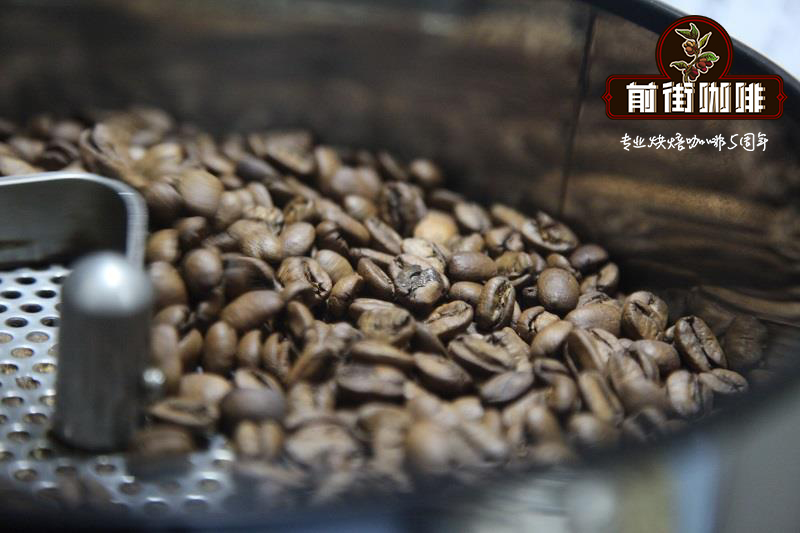
Raw Bean Evaluation 014 slow drying 105 batches of Holy Lion single Farm at Humbera Manor in Ethiopia
Slow drying 105 batches of Holy Lion single Farm in Humbera Manor, Ethiopia
Ethiopia Hambela Benti Nenqua G1 Washed SFP Lot 105
Tried the sun version of Humbela and found that the bean merchant also entered the washed version. There is an interesting trend in Ethiopian coffee in the past year or two. the processing plant is trying to reduce the fermented taste of sun beans, improve the cleanliness and brightness of the coffee, and replace the strong fermented aroma of sun beans with bright sweet and sour. Water-washed beans, on the other hand, prolong the sweetness caused by fermentation, and the slight fermentation aroma replaces the honey and citrus sweet and sour fragrance we are used to in the past. It is possible that ECX changed the grading method in 2015 to take the cup test score into consideration and accounted for 60% of the weight. In order to get high marks, it may be an inevitable trend to clean the sun beans and sweeten the washed beans.
It grows in Guji area, 2150m above sea level, and is planted by local small farmers. The cup test flavor offered by raw bean merchant P looks very strong, not only similar to the sweet smell of egg blossom, with aromas of various citrus and exotic juices, but also with the sour and sweet of berries such as strawberries and blueberries, and the overall sweetness is close to that of peaches and honey.
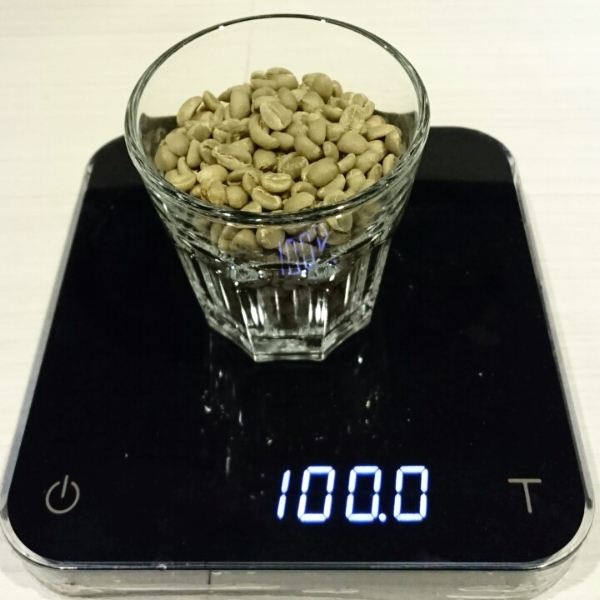
This time, 500g was tested, and the beans were green and beautiful, and the uniformity of particle size was also good. Water content is also well controlled, so it's no wonder the price of raw beans is higher than the average Yega. Sample 100g, pick out 3.6 grams of defects, mainly chopped beans, irregularly shaped beans, rarely dehydrated. After 500 grams, 478.5 grams are left. Set the baking target at the back of the explosion and keep a little more sweet and sour taste.
The input temperature of the bean is set at 170C, and the temperature is returned at 97.7C in 52 seconds. Due to the increase of the air temperature, the bean reaches 208C in 7:25. The weight at the end of baking is 420.1 g, and the weight loss ratio is 12.2%.
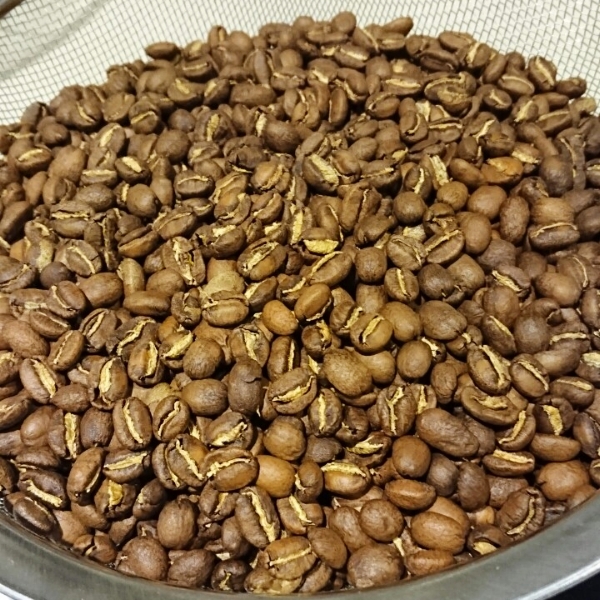
Put it for 24 hours to test the flavor. The dried fragrance after grinding has a very good sweet fruit aroma, with a sense of honey flowers. 15g powder is injected into the hot water of 210cc. Besides the floral aroma, the wet fragrance has a hint of Chinese green tea, berries and drupes, with a finish similar to honey and a hint of grapefruit in the middle. In terms of quality, this coffee is quite good, and it has more details than ordinary water washing Yega for roasters, Barista to play, or sun washing batches to mix, to lead to richer and more complex native flavor.
(from: coffee Bean Baking autopsy Room)
Important Notice :
前街咖啡 FrontStreet Coffee has moved to new addredd:
FrontStreet Coffee Address: 315,Donghua East Road,GuangZhou
Tel:020 38364473
- Prev
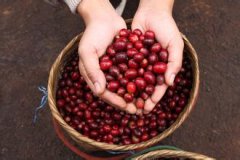
Honduras Ajul-Meiamba small Farmer Honey treats Honduran Coffee beans good?
Honduras Ajul-Meiamba small Farmer Honey treats Honduran Coffee beans good? Flavor description: dried fruit aroma, soft sweet and sour flavor, apple, sweet melon, sweet flavor, moist and smooth country of production: Honduras: Comayagua province, near Lake Yojoa producer: Ajul-Azul Meambar coffee small
- Next
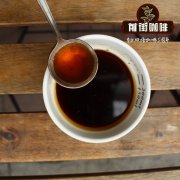
Is the Saakastoume family good at the St. Vincent processing plant in Honduras?
San Vincent processing Plant in Honduras, is the Parainema washed coffee of the Saakastoume family good? Flavor description: floral notes raise aroma, delicate acidity and soft finish of vanilla, maple syrup, virgin tomato, grape, lime and other fruits. Country: Honduras: Santa Barbara (Santa Barbara) producer: Saint Vincent
Related
- Detailed explanation of Jadeite planting Land in Panamanian Jadeite Manor introduction to the grading system of Jadeite competitive bidding, Red bid, Green bid and Rose Summer
- Story of Coffee planting in Brenka region of Costa Rica Stonehenge Manor anaerobic heavy honey treatment of flavor mouth
- What's on the barrel of Blue Mountain Coffee beans?
- Can American coffee also pull flowers? How to use hot American style to pull out a good-looking pattern?
- Can you make a cold extract with coffee beans? What is the right proportion for cold-extracted coffee formula?
- Indonesian PWN Gold Mandrine Coffee Origin Features Flavor How to Chong? Mandolin coffee is American.
- A brief introduction to the flavor characteristics of Brazilian yellow bourbon coffee beans
- What is the effect of different water quality on the flavor of cold-extracted coffee? What kind of water is best for brewing coffee?
- Why do you think of Rose Summer whenever you mention Panamanian coffee?
- Introduction to the characteristics of authentic blue mountain coffee bean producing areas? What is the CIB Coffee Authority in Jamaica?

